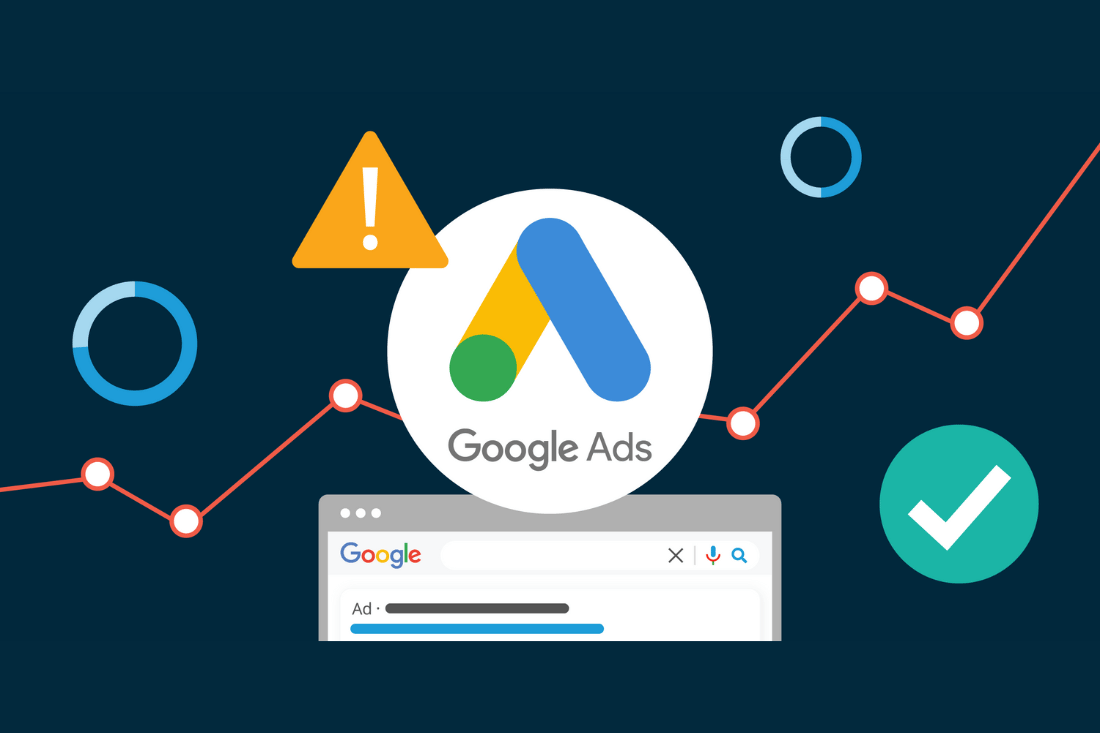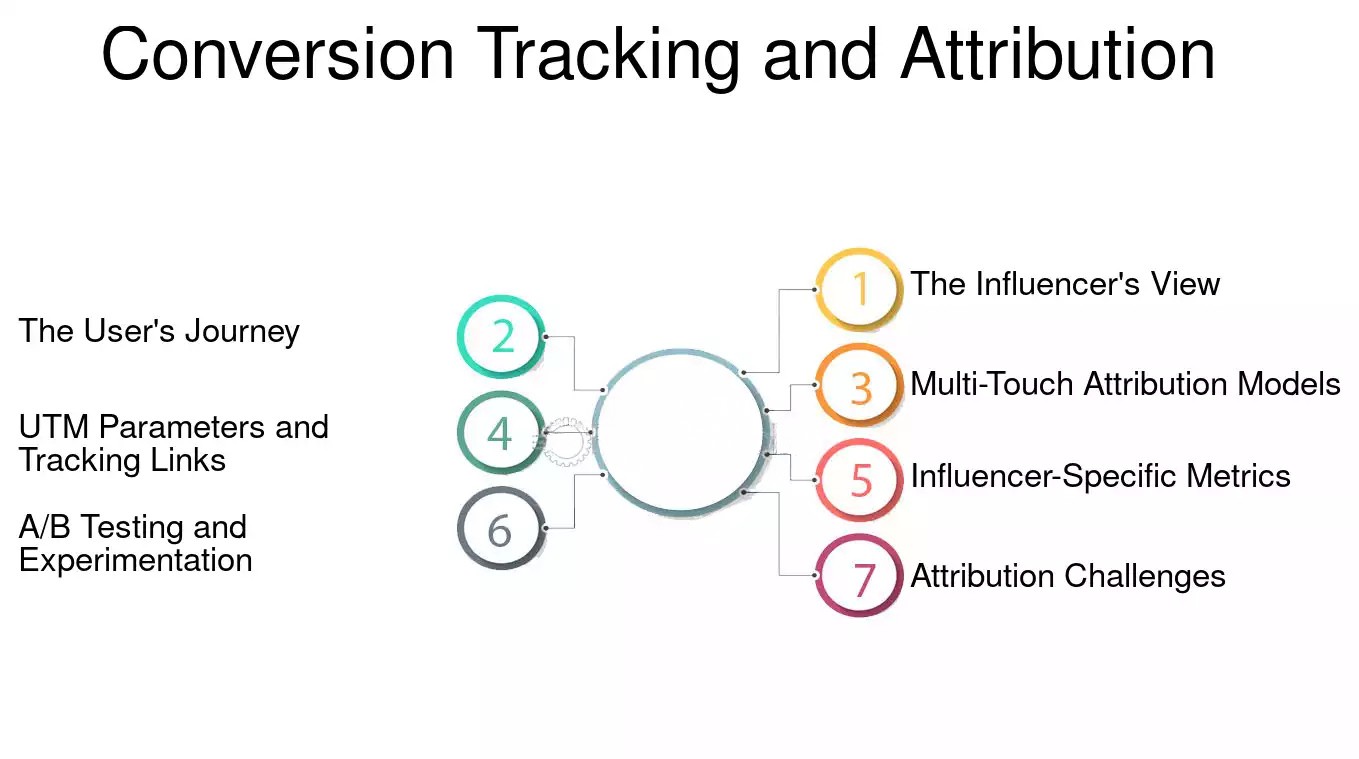What is Google Ads? Understanding the Platform That Powers Business Growth
Google Ads, previously called Google AdWords, is Google’s online advertising platform. It enables businesses to showcase their ads across a vast network of Google properties, including Search Results, YouTube, Gmail, Google Maps, and millions of partner websites through the Google Display Network.
Introduction: Why Google Ads Remains the Leader in Digital Advertising
In a landscape filled with social media platforms and new advertising channels, Google Ads stands out as the most effective tool for reaching customers who are ready to make a purchase. With over 8.5 billion searches conducted on Google each day, your business can connect with potential customers at the exact moment they are looking for your products or services.
Unlike traditional advertising, which interrupts people’s daily activities, Google Ads places your message in front of qualified prospects precisely when they are seeking solutions. Whether you’re a local service provider, an e-commerce retailer, a B2B company, or a growing startup, Google Ads offers unparalleled targeting accuracy and measurable return on investment (ROI) that other advertising platforms simply cannot provide.
This comprehensive guide will take you from a complete beginner to a confident advertiser, covering everything from the basics of campaign setup to advanced optimization strategies used by professional marketers to generate millions in revenue for their clients.
The Core Advantage: Intent-Based Marketing
What sets Google Ads apart from Facebook and Instagram advertising is user intent. When someone searches for “best running shoes for marathon training,” they are actively researching with the intention of making a purchase. Google Ads allows you to capture that moment of interest effectively.

Where Your Google Ads Appear
Google Search Network Text ads show at the top and bottom of search results, marked as “Sponsored,” providing instant visibility without the wait for SEO.
Google Display Network Visual banner ads appear on over 2 million websites, reaching over 90% of internet users, ideal for brand awareness and retargeting.
YouTube Advertising Video ads play before, during, or after YouTube videos, targeting highly engaged viewers on the second-largest search engine.
Google Shopping Product listing ads display images, prices, and merchant info in Google Shopping and Search results, crucial for e-commerce.
Google Maps Local business ads appear when users search for nearby services, driving foot traffic to physical stores.
Understanding the Google Ads Auction System
Many beginners think Google Ads operates like a traditional auction where the highest bid wins. However, Google uses an algorithm called Ad Rank, which considers three key factors:
Maximum Bid: The amount you’re willing to pay per click.
Quality Score A rating (1-10) based on ad relevance, landing page experience, and expected click-through rate.
Ad Extensions Impact: The expected effect of your ad extensions and formats.
This means a lower bidder with a relevant ad and excellent landing page can outrank a higher bidder with poor quality. Google rewards advertisers who enhance user experience, encouraging users to return to its search platform.
How to Run Profitable Google Ads in 2026
Paid advertising via Google Ads remains one of the most powerful ways to reach high-intent customers. But to truly run profitable Google Ads, you must move beyond clicks and focus on ROI, structure, optimization, and scaling.

Audit & Fix Common Flaws (Before You Launch)
Before you spend a dollar, audit your setup. Many ad accounts bleed budget because of early misconfigurations. Below are typical gaps (also observed in competitor articles):
- Weak conversion tracking / inconsistent attribution.
If conversions are tracked inconsistently, your optimization becomes flawed. (Search Engine Land)
- Poor account structure:
Campaigns and ad groups not aligned with goals or themes make optimization difficult. (LeadsBridge)
- Overreliance on broad match keywords without negative keywords
This drags in irrelevant traffic. (Search Engine Land)
- Ignoring exact match entirely,
Exact match still often yields the best conversion rates. (Search Engine Land)
- Weak use of ad extensions/assets
Underutilizing extensions leads to lower CTRs and wasted potential. (The PPC Agency You’ve Been Searching For)
- Lack of a negative keyword list or campaign pruning habit
- Not optimizing landing pages
A correct ad with a bad landing page still fails.
- No plan to scale or control costs
Build a Strong Foundation: Structure, Keywords & Tracking
Account Structure: Organize by Goal or Theme
A well-designed account structure is key to profitable Google Ads performance. (LeadsBridge)
- Use separate campaigns for different objectives (e.g., branding, lead gen, eCommerce)
- Within each campaign, create ad groups centered around tight keyword themes
- Keep budgets, bidding strategies, and settings consistent per goal
- Use clear naming conventions (e.g., Search, LeadGen, CityName, Exact)
Keyword Strategy: Intent & Match Types
- Start with keyword research (Google Keyword Planner, competitor tools)
- Use a mix of exact match, phrase match, and broad match modifier / broad match with control
- Always build and maintain a negative keyword list
- Use long-tail keywords (e.g., how to run Google Ads profitably for a small business) for deeper intent
- Monitor search terms regularly and prune irrelevant ones
Conversion Tracking & Attribution (Essential)
If you can’t reliably measure conversions, your campaign is flying blind. Many marketers’ biggest mistake is flawed or inconsistent tracking. (Search Engine Land)
- Install Google Ads conversion tags or import conversions from GA4
- Use auto-tagging
- Ensure conversion windows, count settings, and attribution models are consistent
- Cross-check your conversions in Google Analytics / GA4 and Google Ads
- Use offline conversion imports (e.g., CRM sales) if needed

Launch Smart Campaigns with Targeting & Bidding
Choose the Right Campaign Type(s)
Depending on your goal, pick suitable campaign types:
- Search campaigns: for direct intent, leads, sales
- Performance Max campaigns: leverage Google’s AI across channels
- Display / Remarketing: to re-engage users or build awareness
- Video / YouTube: for storytelling and upper funnel
- Shopping / Local: for eCommerce or brick-and-mortar
Always align the campaign type with your business goal.
Targeting & Audience Segmentation
- Use geographic, demographic, device, and time-of-day targeting
- Exclude irrelevant audiences
- Use remarketing lists, in-market audiences, custom intent/custom affinity
- Layer audiences with keywords where appropriate
Smart Bidding Strategy
- Start with Maximize Conversions or Target CPA (if you have conversion data)
- For mature accounts, consider Target ROAS
- Let campaigns run through the “learning phase” (typically 7–14 days) before making major changes
- Monitor bid adjustments for devices, location, time, and audiences
Optimize and Improve: From Data to Profit
This is where profitable Google Ads separate from wasteful budgets.
Key Metrics to Watch
- Is CTR (Click-Through Rate) are people engaging?
- Quality Score relevance between keywords, ad copy, and landing pages (Wikipdia)
- Conversion Rate is clicks turning into action?
- CPC & Cost / Conversion
- Impression Share are your ads shown when they could be.
- Search Lost IS (budget) or (rank)
Optimization Actions (Pro Tips)
- Use A/B testing: test headlines, descriptions, CTAs
- Rotate ad creatives and keep refreshing to avoid ad fatigue
- Cut or pause low-performing keywords/ad groups
- Use negative keywords aggressively
- Adjust bids (up or down) based on devices, audiences, times, and geos
- Refine or split campaigns with mixed performance
- Improve your landing pages (fast load, mobile UX, relevancy)
- Add and optimize ad extensions/assets (sitelink, call, location, price) to improve CTR and ad rank (The PPC Agency You’ve Been Searching For)
- Use frequency caps on display/remarketing so users are not overexposed (Ninjapromo)
Audit & Health Check Routine
Create a consistent cadence:
- Weekly: search terms review, negative keywords, bids
- Bi-weekly: ad creative refresh, pause underperformers
- Monthly: budget reallocation, campaign splits, structural changes
- Quarterly: full audit (conversion setup, attribution, account structure)
- Use a “7×7” style optimization framework (7 checks in 7 categories) as some agencies do. (IMPACTABLE)
Scale Profitably Without Bleeding Margin
If you’re seeing positive returns, the temptation is to pour more budget. But scaling poorly can kill ROI.
Budget Pacing & Control
- Increase budgets gradually (e.g., 10–20% at a time)
- Monitor cost per acquisition (CPA) drift
- Cap spend on underperforming campaigns
- Use shared budgets or portfolio bid strategies in Google Ads
Expansion Tactics
- Expand to new geos or languages
- Add more long-tail and related keyword themes
- Try new campaign types (Display, YouTube, Performance Max)
- Use lookalike audiences or similar audiences
- Use incrementality testing (turn a campaign off for a week and see lift)
Avoid Scaling Pitfalls
- Don’t let CPA creep unnoticed
- Don’t overextend to irrelevant keywords
- Don’t neglect quality while scaling
- Make sure your infrastructure (landing pages, fulfillment) can handle growth
Common Mistakes to Avoid (and How to Recover)
- Mismatched conversion tracking or insufficient data: leads to poor optimization. (Search Engine Land)
- Ignoring exact match totally
- Overdependence on default/advice suggestions without custom logic
- Mixing goals in the same campaign (branding + direct response)
- Letting campaigns run untouched for months
- Not refreshing creatives
- High spend on low ROI keywords
- Weak negative keyword management
- Poor landing page alignment with the ad
If you catch one of these mistakes, pause, audit, and fix before scaling further.
Example & Case Study
Example scenario:
You run a small eCommerce store selling fitness gear. You set up:
- Campaign A (Search – Yoga Mats) with exact + phrase match, target CPA of $10
- Campaign B (Performance Max) covering all your top SKUs
- Remarketing Display Campaign for cart abandoners
You track conversions (purchase) via Google Ads + GA4. After 30 days:
- Campaign A: CPA = $8, ROAS = 5×
- Campaign B: ROAS = 4×
- Remarketing: ROAS = 10×
You increase budgets gradually in Campaigns A and B (by 15%), but monitor CPA closely. Pause keywords rising in cost, add negatives regularly. Refresh ad creatives monthly.
Over 3 months, scaling this way, your ad spend doubles but your ROI holds around 4–5× that’s profitable scaling.

FAQs
Q1: How much should I spend on Google Ads to see results?
You can begin with as little as $5 to $10 per day to test keywords and ads. But the key is optimization and scalability, not just budget.
Q2: What is a good click-through rate (CTR) in Google Ads 2026?
A CTR of 4% to 6% is generally considered strong for Google Search campaigns in 2026. However, the ideal CTR depends on your industry, audience targeting, ad copy, and keyword intent. Display and YouTube ads often have lower CTR benchmarks compared to Search ads, so always compare within your campaign type and niche.
Q3: Do Google Ads work for small businesses?
Absolutely. With proper keyword targeting, negative keywords, and conversion tracking, small businesses can run profitable Google Ads even with small budgets.
Q4: What’s better: Search vs Performance Max?
Search gives you control and intent targeting. Performance Max leverages Google’s machine learning to automatically optimize across channels. Use both, but monitor performance closely.
Q5: How often should I optimize my Google Ads?
At minimum, weekly for search term reviews and negative keywords, biweekly for ad refresh, monthly for structural changes, and quarterly full audits.
Pro Tips & Bonus Advice
- Use custom scripts or automation to flag anomalies
- Use Google’s Recommendations tab cautiously, test before applying
- Use campaign experiments to test new settings
- Use incremental lift tests before fully scaling new channels
- Monitor search exceeded budget (Lost IS (Budget)) metrics; you may need to increase the budget
- Use responsive search ads (RSA) with multiple headlines/descriptions
- Test dayparting/ad scheduling to focus on profitable hours
- Use first-party data / CRM audiences to retarget or build lookalikes
Bottom Line
Running profitable Google Ads in 2026 is not just about increasing spend. It’s about:
- Building a strong foundation: account structure, keywords, tracking
- Launching targeted campaigns aligned with goals
- Optimizing relentlessly through data
- Scaling carefully and incrementally
- Avoiding common mistakes that destroy ROI
Ready to Run Profitable Google Ads Campaigns?
Running Google Ads on your own can feel overwhelming, from keyword research and bidding strategies to constant optimization. That’s where expert help makes the difference.
At osamanaseem.com, we specialize in creating high-converting, profit-driven Google Ads campaigns tailored to your business goals. Whether you’re a startup, small business, or established brand, we’ll help you:
- Generate quality leads and more sales
- Lower your cost per conversion (CPA)
- Build campaigns that scale profitably
- Target the right customers at the right time
Don’t just spend on ads. Invest in results.
Book a Free Consultation Today and discover how to make your Google Ads campaigns work smarter, not harder.
